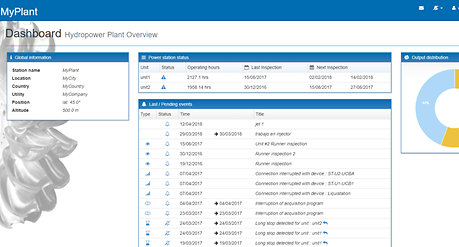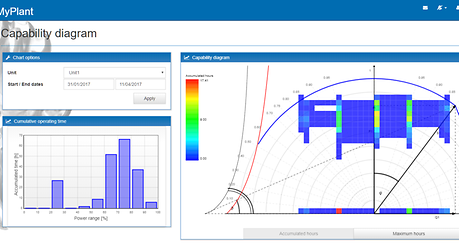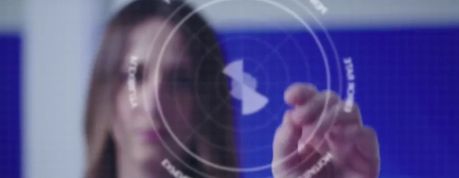
Increased plant output at Montrose
The hydroelectric power plant in Canada has been using the Metris DiOMera monitoring system from ANDRITZ since 2016
Tony Nott, Operaton Director at Alterra Power, and Operation Engineer Nicholas Adams talk about their experiences and plans.
The countryside is impressive in British Columbia, Canada, and the ways of generating energy with the aid of hydropower are certainly attractive.

Metris DiOMera dashboard
Why do you use Metris DiOMera?
Tony Nott: The Montrose Creek has a high sediment content, which clogs our hydropower plant runners. They have to be refurbished every two to three years due to the wear this causes. On the one hand, refurbishment and maintenance account for a significant portion of our operating costs. On the other hand, we have to plan this work very carefully so that we have as little downtime as possible. DiOMera helps us to optimize the decisions on whether and when to refurbish a runner.
How does this work in practice?
Nicholas Adams: DiOMera tracks runner efficiencies to deter-mine the optimum time to perform refurbishments. The efficiency assessments don’t take long, and they are also very representative. Secondly, the system monitors plant operation and output, and it forecasts when runner inspections will be due. This forecast aids planning and optimizes the inspection intervals by taking account of part-load operation in winter. Thirdly, DiOMera has identified a slight performance difference between Unit 1 and Unit 2. This helped us to maximize output and to concentrate wear on only one of the runners.

Metris DiOMera Generator capability diagram
What concrete benefits does this provide?
Nicholas Adams: We established that the nozzle jet configuration is less than optimal during part load operation. It is important to note here that the units operate at part load for many months in the year. Changes to the nozzle jet configuration improve plant output and reduce runner and nozzle wear.
What is the next step? What are your plans and goals for the future?
Tony Nott: Turbidity monitoring and sediment sampling will be tied into DiOMera to correlate sediment content with erosion on the runner. This will further improve runner condition forecasting. The operator will be able to assess the impact of changes at the intake, such as head pond dredging, more accurately.
Would you say that digitalization is a powerful tool in general to optimize maintenance of hydropower plants?
Tony Nott: Digitalization makes decision making easier simply because it allows the plant’s current status to be assessed automatically. Some of the information incorporated into DiOMera was available prior to its installation, but reporting has now been automated, and this reduces the time required to assess plant condition. By standardizing data acquisition with DiOMera, we can also communicate more effectively with ANDRITZ and improve plant performance at the same time.
Speaking of collaboration with ANDRITZ, how would you assess this partnership?
Nicholas Adams: We are in close contact and, for example, we have discussed a standardized runner inspection process that could be incorporated into DiOMera. This would streamline the inspections and improve the consistency of reporting.
Tony Nott: The fact is, Toba Montrose General Partnership lacks resources with the technical experience to address major issues and optimize plant performance. With help from ANDRITZ, we have been able to maintain high availability, implement plant upgrades, and reduce operating costs – and we are also hoping to be able to increase annual produc-tion. In short: ANDRITZ makes a valuable contribution to our operations.

